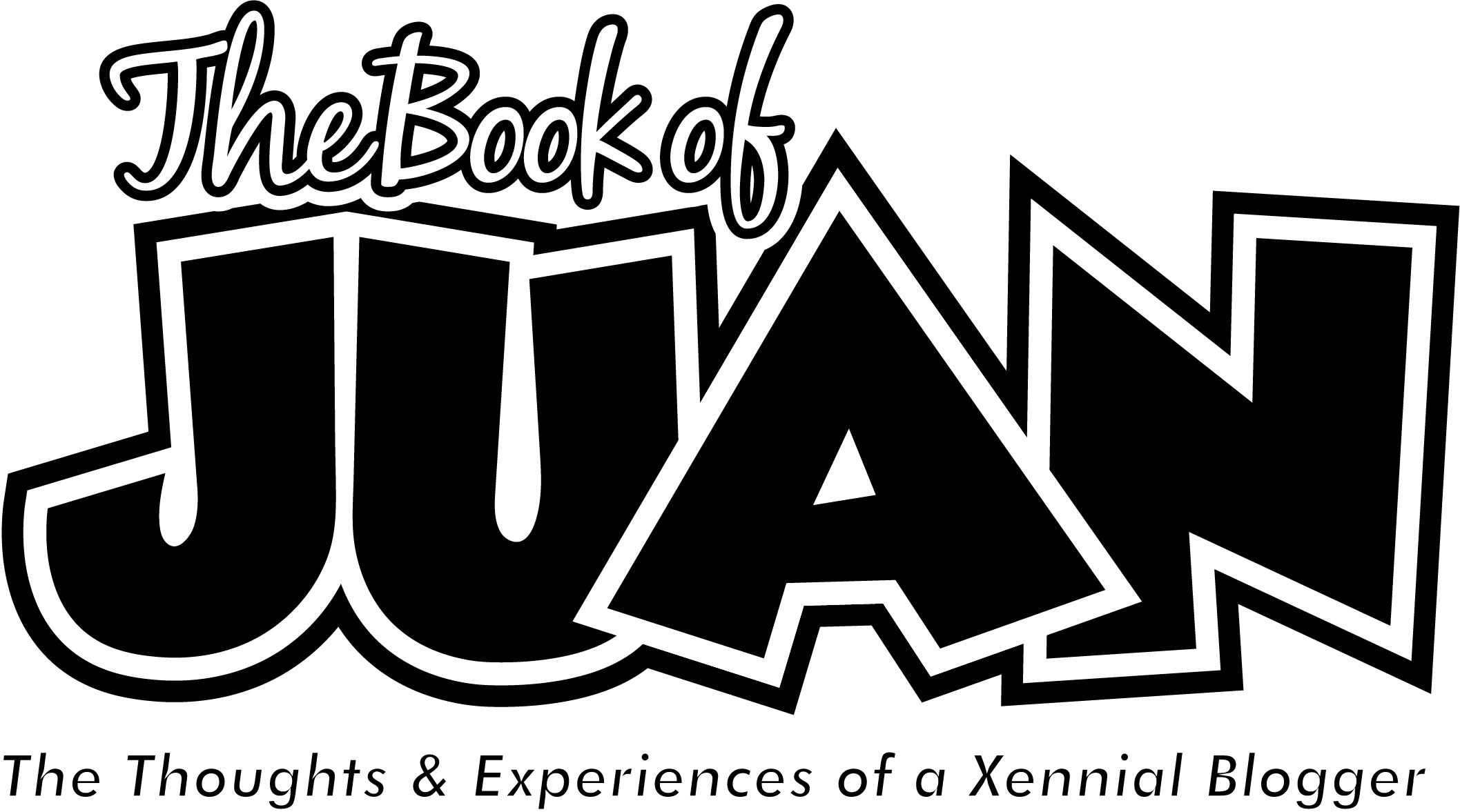“All of us who love baseball have long known that the Negro Leagues produced many of our game’s best players, innovations, and triumphs against a backdrop of injustice. We are now grateful to count the players of the Negro Leagues where they belong: as Major Leaguers within the official historical record.” – Rob Manfred, Commissioner of Baseball
This past Wednesday, Major League Baseball did something very profound and, quite frankly, very long overdue: they adjusted the status of the players of the Negro Leagues, elevating them to the highest level in the game. While not a popular sport within the Black community, this is a decision that definitely has brought out high praise from the Black community…as well as people of other races, ethnicities, and backgrounds. For a lot of people, this opens the door for the legendary Black American players to get their just due alongside the likes of other greats such as Jackie Robinson or Hank Aaron. The Negro Leagues—which comprised of the Negro National League I (1920-1931), the Eastern Colored League (1923-1928), the American Negro League (1929), the East-West League (1932), the Negro Southern League (1932), the Negro National League II (1933-1948) and the Negro American League (1937-1948)—featured some of the most talented players to ever play the sport but they are largely known only to those who follow the sport closely.
This change in status is actually the cherry on top of a year in which the game honored these players and the Negro Leagues at large, which is celebrating its 100th anniversary. Back in August, all players, managers, coaches, and umpires work the Negro Leagues 100th Anniversary logo patch on their uniforms. That came after a $1 million donation, in February, to the Negro Leagues Baseball Museum in Kansas City. Giving these players MLB status now allows history to tangibly show how they measured up against their White counterparts of the day as well as the integrated game since 1947. The Elias Sports Bureau and Baseball-Reference announced that they would be updating the official stats to reflect the proper place of Negro Leaguers in the record books.
What does this mean? It means that there will be a lot more Black players in the history books of baseball. At a time where the United States is facing an incredible representation issue with Blacks being largely absent at the highest levels amid the George Floyd thing, seeing those Negro League players next to the greats somewhat corrects the wrongs of yesterday…especially since a good number of them are already enshrined in Cooperstown.
Does this mean Josh Gibson becomes the greatest player ever? What about the others? Simply put, no. For almost my entire life as a coherent fan of baseball, I’ve heard the “tall tales” of Josh Gibson’s greatness. Amongst those tales is a lifetime batting average of .384 and over 800 home runs, which would definitely shatter a couple of the most impressive records in the game today—Ty Cobb’s .366 lifetime batting average and Barry Bond’s 762 career home runs. Not taking anything away from Gibson and the greatness I’ve read about in books concerning him, not all of his games were played against the top competition and that might hurt him tremendously. I’d probably venture to say he’s somewhere between 160-275 home runs, between 650-1100 RBI, and a slugging percentage around .700. The batting average may be close. Everything I’ve read said that dude could swing the wood. I also don’t think this makes Satchel Paige the best pitcher ever…the oldest, yes but not the best. I think it would be tough to quantify the pitching stats in the Negro Leagues…at least enough for a Negro League player to appear in the top 10 of the major categories such as wins, strikeouts, earned run average, and innings pitched. What this does mean is that you’ll likely see Oscar Charleston, Norman “Turkey” Stearnes, and George “Mule” Suttles move up that career batting average list. Those guys played almost all of their careers in the Negro Leagues and they could rake, according to legend.
It’ll be interesting to see what the final statistics look like when they come out at some point in Summer 2021. I’m sure it will lead to a lot of conversation. But nevertheless, I’m glad that these players got their proper recognition. And by doing so, I think the game may finally be on the verge of canceling Kennesaw Landis, the 1st Commissioner of Baseball who kept Black players out of the game.

